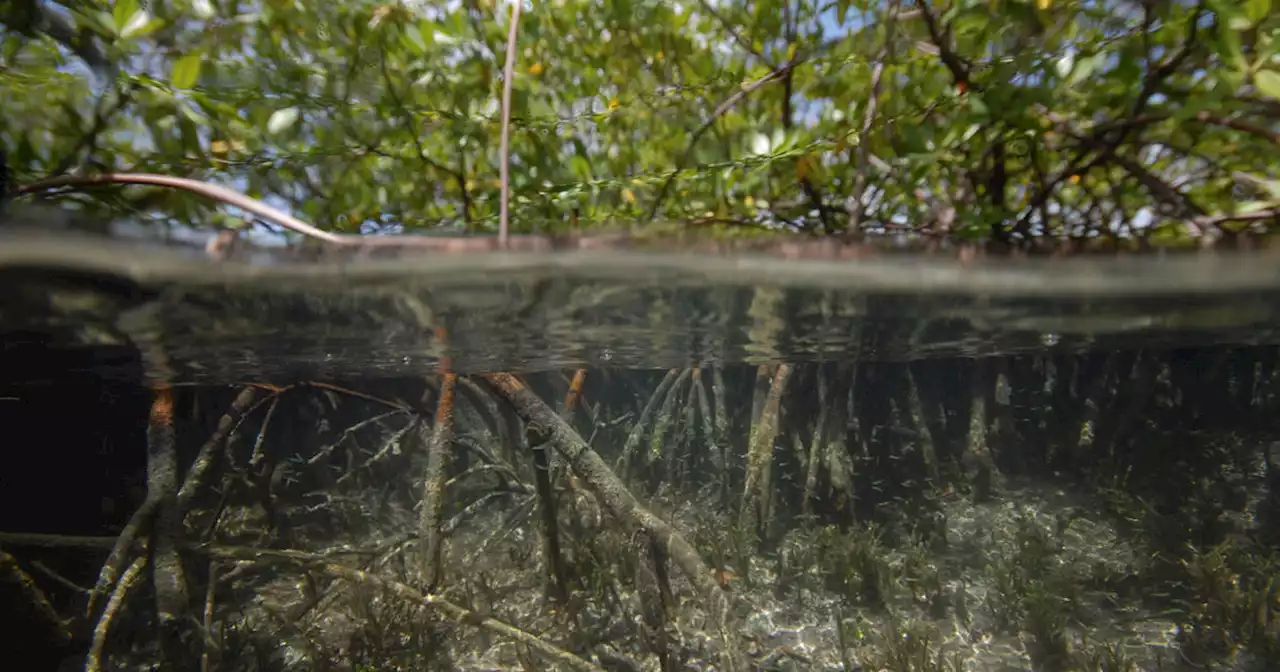The largest-known bacterium - a vermicelli-shaped organism that was discovered in shallow mangrove swamps in the Caribbean and is big enough to be seen with the naked eye - is redefining what is possible for bacteria, Earth's most ancient life form.
Scientists said on Thursday the bacterium, called Thiomargarita magnifica, is noteworthy not merely for its size - colossal for a single-celled organism at up to about eight-tenths of an inch long - but also because its internal architecture is unlike other bacteria.
A normal bacterial species measures 1-5 micrometers long. This species averages 10,000 micrometers long, with some Thiomargarita magnifica twice that length. Caribbean mangrove swamps are packed with organic matter, with microbes in the sediment degrading this matter and producing high concentrations of sulfur. The sulfur-rich environment offers an energy source for bacteria like Thiomargarita magnifica.
United States Latest News, United States Headlines
Similar News:You can also read news stories similar to this one that we have collected from other news sources.
 World’s biggest bacterium found in Caribbean mangrove swampThe thin white filament, approximately the size of a human eyelash, is “by far the largest bacterium known to date,” said Jean-Marie Volland, a marine biologist at the Lawrence Berkeley National Laboratory.
World’s biggest bacterium found in Caribbean mangrove swampThe thin white filament, approximately the size of a human eyelash, is “by far the largest bacterium known to date,” said Jean-Marie Volland, a marine biologist at the Lawrence Berkeley National Laboratory.
Read more »
 World's largest bacterium found in Caribbean swampMost bacteria are microscopic, but this one is so big it can be seen with the naked eye.
World's largest bacterium found in Caribbean swampMost bacteria are microscopic, but this one is so big it can be seen with the naked eye.
Read more »
 A comet twice as big as Mount Everest is headed past Earth soonA comet twice as big as Mount Everest is heading towards Earth and the inner solar system from the Oort Cloud.
A comet twice as big as Mount Everest is headed past Earth soonA comet twice as big as Mount Everest is heading towards Earth and the inner solar system from the Oort Cloud.
Read more »
 Biggest bacterium ever discovered shakes our view of the single-celled worldThe recently discovered bacterium is so large, it can be seen easily with the naked eye. But size isn’t its only astonishing trait
Biggest bacterium ever discovered shakes our view of the single-celled worldThe recently discovered bacterium is so large, it can be seen easily with the naked eye. But size isn’t its only astonishing trait
Read more »
 World's largest bacterium discovered is the size of a human eyelashA newly discovered bacterium is large enough to be visible to the naked eye, and resembles the shape and size of an eyelash. 'To understand how gigantic that is for a bacterium, it is the same as if we were to find a human as tall as Mount Everest.'
World's largest bacterium discovered is the size of a human eyelashA newly discovered bacterium is large enough to be visible to the naked eye, and resembles the shape and size of an eyelash. 'To understand how gigantic that is for a bacterium, it is the same as if we were to find a human as tall as Mount Everest.'
Read more »
